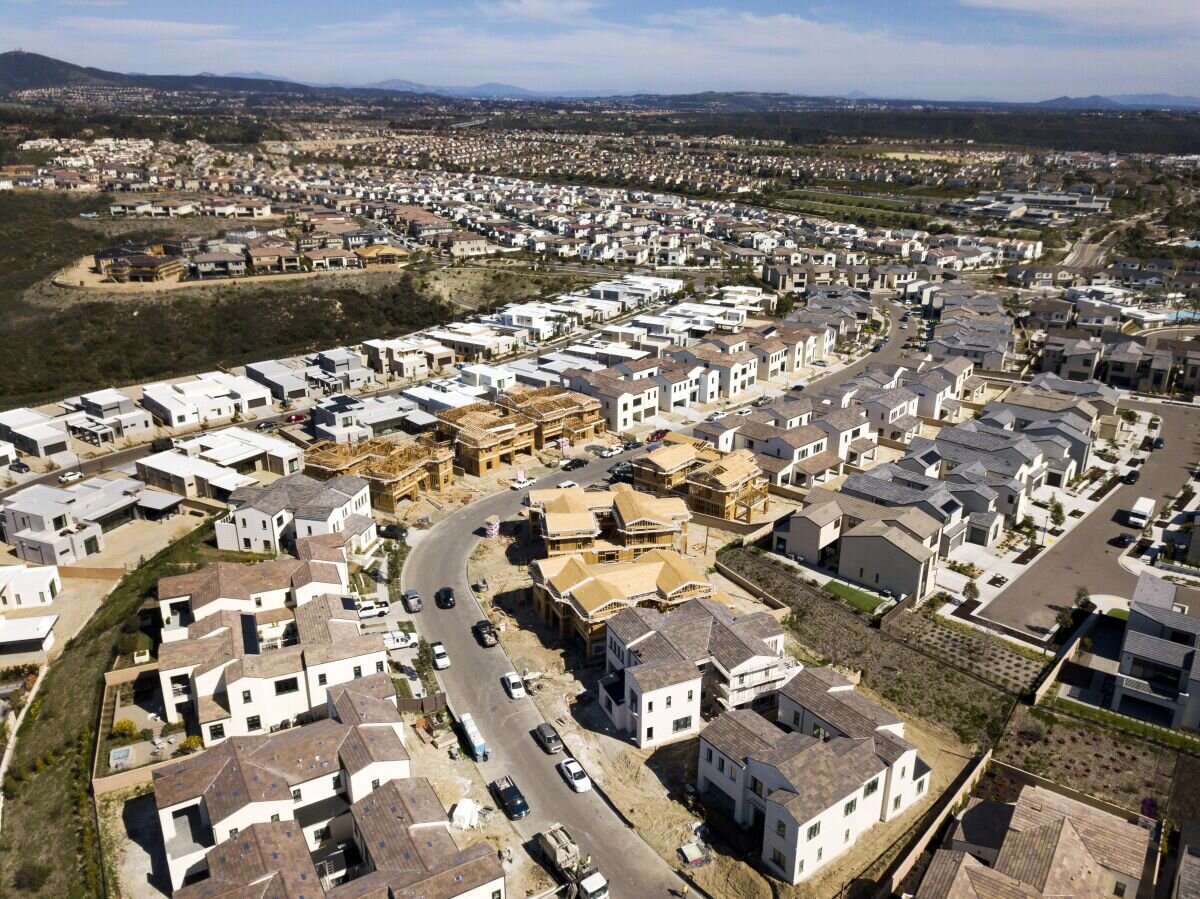
Housing
Promote local control of zoning and reform regulations to encourage middle-class housing.
Unfortunately, regional policies from SANDAG and the Board of Supervisors forcefully impose high-rise development upon our coastal communities, exacerbating housing affordability issues throughout the county.
Every eight years, SANDAG conducts the Regional Housing Needs Assessment (RHNA) to determine future housing requirements based on population growth. During the most recent cycle in 2018, the SANDAG Board succumbed to special interests, heedlessly voting to increase housing allocations by a staggering 47% in coastal cities, disregarding the objections from numerous communities.
This decision triggered a domino effect when the County Board of Supervisors swiftly applied a state law on vehicle miles traveled to all new housing projects in unincorporated parts of the county. Consequently, developers were burdened with exorbitant fees for building homes further away from public transit options, rendering many middle-class housing projects in less densely populated areas financially unviable.
The consequence of the inflated RHNA housing allocation for coastal cities and the depletion of available land in less populated regions is the disproportionate concentration of new development along our coastline. However, due to the high costs and stringent regulations governing coastal land, the only way to make these projects financially viable is by maximizing density and exploiting density bonus laws to erect even more units. Unfortunately, this approach fails to yield genuinely affordable housing for middle-class San Diegans, as housing prices in our county continue to outpace the national average.
Despite the pressing demand for more housing, regionwide development has stagnated since 2015. Increasing the number of high-rise developments in coastal cities will not alleviate the housing cost crisis; instead, it will irreversibly tarnish the distinctive character of these cherished communities.
Coastal cities and their voters must reclaim the authority to determine local zoning policies, free from the undue influence of SANDAG and the Board of Supervisors.
If these entities genuinely aspire to foster affordable housing, it is crucial to reevaluate the RHNA allocation and the application of the VMT law. By enabling development in the least populated areas of San Diego County, we can create genuinely affordable middle-class housing and preserve the integrity of our coastal communities.
Let's work together to provide affordable housing while keeping the unique character of our beloved coastal cities.
